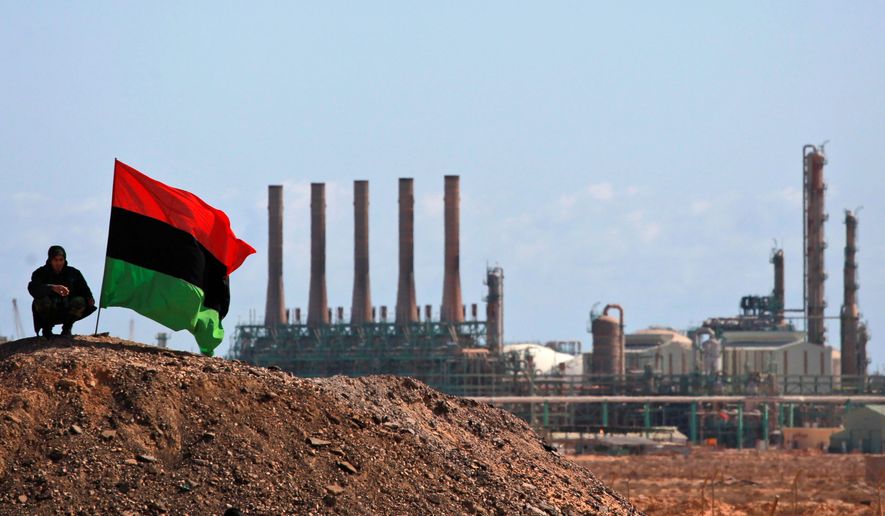Disir
Platinum Member
- Sep 30, 2011
- 28,003
- 9,608
- 910
"Libya’s collapse has damaged its sovereign wealth along with its ability to function as a country."
Elisabeth Braw
October 10, 2015
LONDON. Muammar Gaddafi may have had many shortcomings, but grant him this: there was only one of him. When the Libyan Investment Authority was set up in 2006 to manage the country’s new oil wealth, it faced plenty of challenges, not least the idiosyncratic wishes of the Brotherly Leader and Guide of the Revolution of Libya as to where the money should be invested. But at least there was no doubt about who was ultimately in charge. By contrast, today uncertainty seems to define the LIA, with two competing leaders each maintaining that they run the fund. Libya’s new unity government, announced on October 9, has put the leadership dispute into sharp focus.
“LIA should be above Libyan political infighting,” AbdulMagid Breish told the National Interest. “We’re responsible for the assets of the Libyan people. Institutions such as LIA, the Libyan Central Bank, and the Libyan Oil Corporation should not represent one side or the other.”
Following the Money in Libya
Yes, it was all about the money.
Elisabeth Braw
October 10, 2015
LONDON. Muammar Gaddafi may have had many shortcomings, but grant him this: there was only one of him. When the Libyan Investment Authority was set up in 2006 to manage the country’s new oil wealth, it faced plenty of challenges, not least the idiosyncratic wishes of the Brotherly Leader and Guide of the Revolution of Libya as to where the money should be invested. But at least there was no doubt about who was ultimately in charge. By contrast, today uncertainty seems to define the LIA, with two competing leaders each maintaining that they run the fund. Libya’s new unity government, announced on October 9, has put the leadership dispute into sharp focus.
“LIA should be above Libyan political infighting,” AbdulMagid Breish told the National Interest. “We’re responsible for the assets of the Libyan people. Institutions such as LIA, the Libyan Central Bank, and the Libyan Oil Corporation should not represent one side or the other.”
Following the Money in Libya
Yes, it was all about the money.


